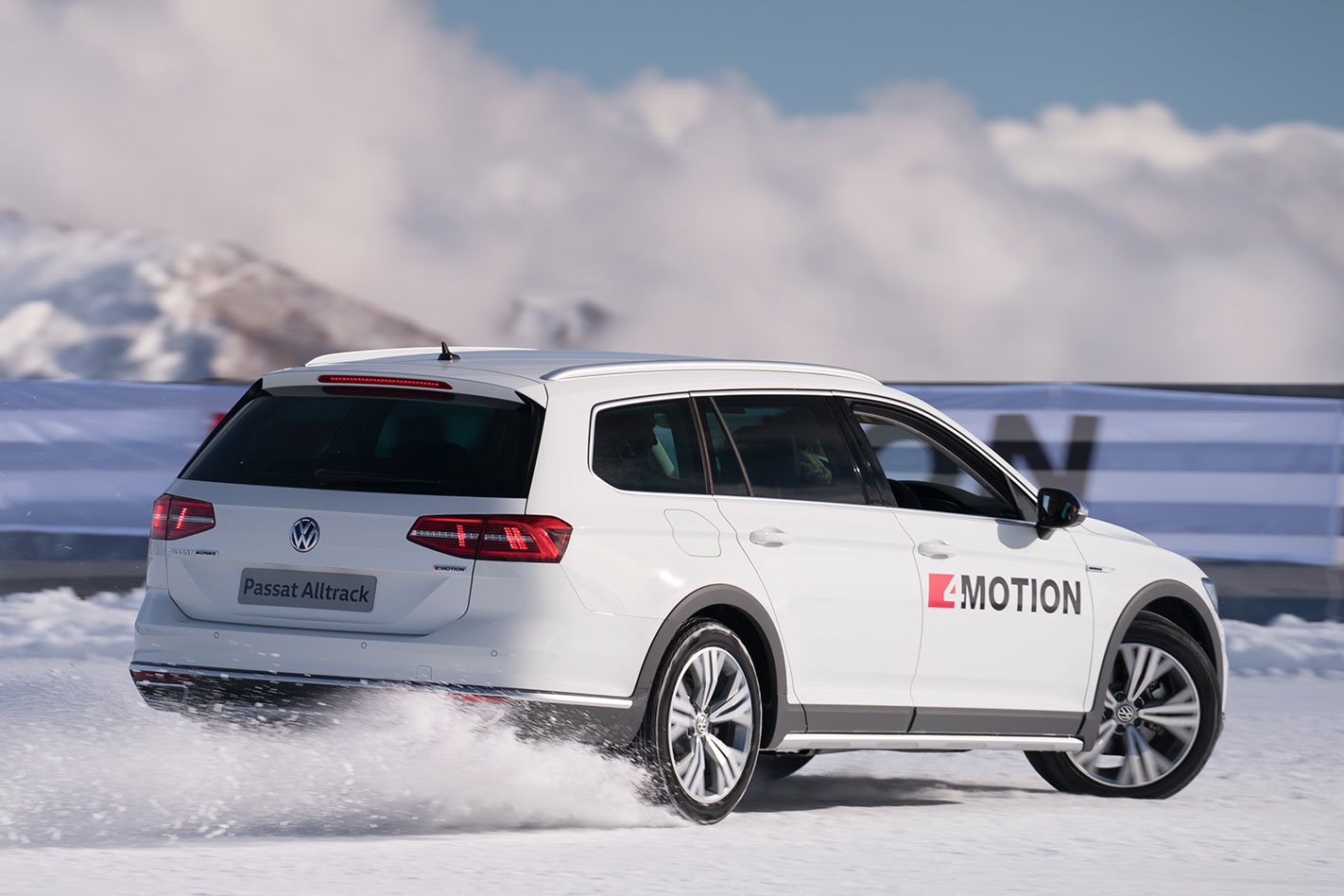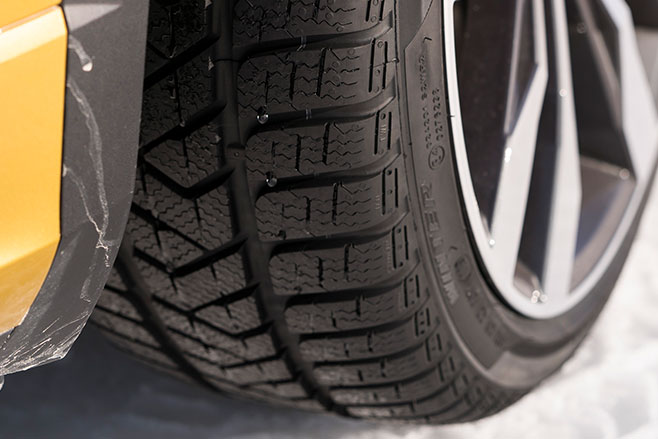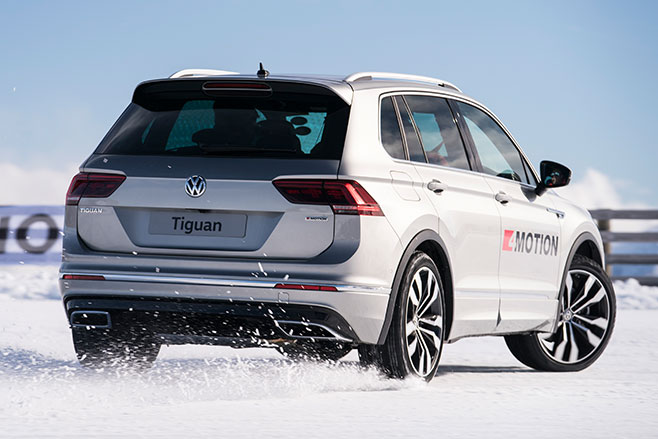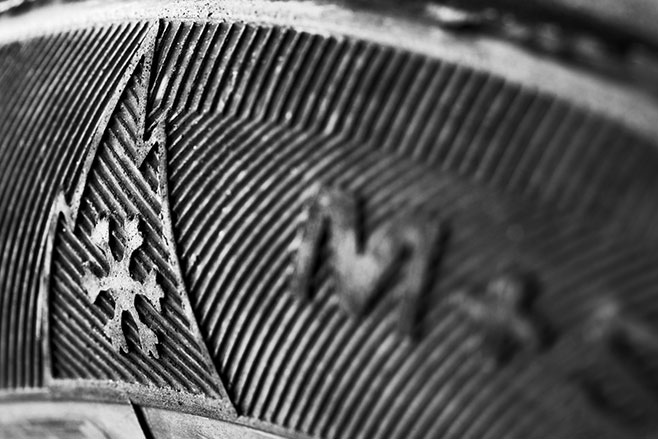
Generally speaking, Australia is a warm and dry nation with almost all regions of our vast land spared the chilly conditions that plunge other parts of the world deep into minus figures every year.
Therefore for almost all motoring on Australian roads, a straightforward high-quality ‘summer’ or all-season tyre is all the rubber that you’ll need year-round – even during the winter. But if you are a real snow bunny visiting our beautiful alpine zones multiple times through the cold season, or perhaps your source of income is above the snowline, winter-grade tyres fitted to your car are as essential as woollen socks and a beanie.

For the few times most drivers venture into the big freeze, a set of snow chains in the boot are all that’s required to satisfy both local stipulations and provide extra grip when the road gets very slippery, but a specialised winter tyre offers more than just convenience.
Winter tyres are designed to offer the very best grip during cold, wet and icy conditions with numerous design features that set them apart from virtually all other rubber.
Despite the specialised design and construction, there are only a few visual cues that differentiate a winter tyre from others.
Many tyres have ‘sipes’ in localised areas of the tread, which are fine slits in the surface that help clear water from the contact patch, but a winter tyre’s surface has sipes the entire treadface from shoulder to shoulder. The extra channels boost water-clearing efficiency but also provide hundreds of small ridges that grip very slippery surfaces.

The more obvious tread pattern also plays an important role. Winter tyres cleverly make use of snow’s ability to stick to more snow – if you’ve ever made a snowball, you’ll understand. As the tyre rolls on to soft snow, the wider channels in the tread close slightly, grabbing a ‘handful’ of snow. As the tyre continues to roll, the snow held in the tread sticks to the snow under the tyre providing traction.
If you watch a vehicle with snow tyres driving fast over fresh snow you’ll see a white spray behind each wheel as the tyre flexes back to its original shape and lets go of the snow.

As with all tyres, the correct inflation pressure is essential but particularly so with a winter tyre that’s driving on snow. If the pressure is too high, the tyre won’t be able to flex and grab the snow.
Finally, winter tyres are made from a highly specialised compound that is formulated for operation in low temperatures. Around 7 degrees Celsius, the compound of a regular summer tyre becomes significantly stiffer and is unable to provide the same safety and dynamic characteristics as it does on warmer roads.
At this temperature however, the rubber molecules of a winter tyre are just getting going. In sub-zero conditions, a winter tyre remains supple and is able to provide superior grip even if the road is completely dry.
Winter tyres are so effective in cold and icy conditions that a two wheel drive wearing winter tyres is safer than an equivalent all-wheel drive shod in summer tyres.
Despite its impressive set of specialised skills, a winter tyre can be used during less severe weather conditions although it won’t perform as well as an all-season or summer tyre.
Thankfully, there is a much easier way to identify a winter tyre than studying its features. Moulded in to the side-wall of a winter tyre is the so-called 3PMSF symbol, or ‘three-peak mountain snow flake’. This badge of honour is only applied if the tyre has been proven to provide dramatically improved performance in wintry conditions through rigorous testing.

A proper winter tyre as marked with the 3PMSF symbol should not be confused with a ‘mud and snow’ tyre (M+S). While these tyres do provide better traction on loose surfaces including snow, they are intended for a majority of use in warmer temperatures and do not perform as well as a dedicated winter model. That said, some tyre models can be rated for both.
For even more extreme conditions such as sheet ice, winter tyres can also be equipped with small metal studs, which supplement the other winter tyre features and add traction like a footballer’s boots do when running on a slippery pitch.
The most important element in your vehicle’s winter weather safety and control is not the transmission system, nor is it its power, weight, ground clearance or braking system. While these components certainly all have a bearing, it is your tyres that are paramount when the mercury falls.
Make sure you have the correct rubber fitted to your vehicle and always drive to the conditions.




